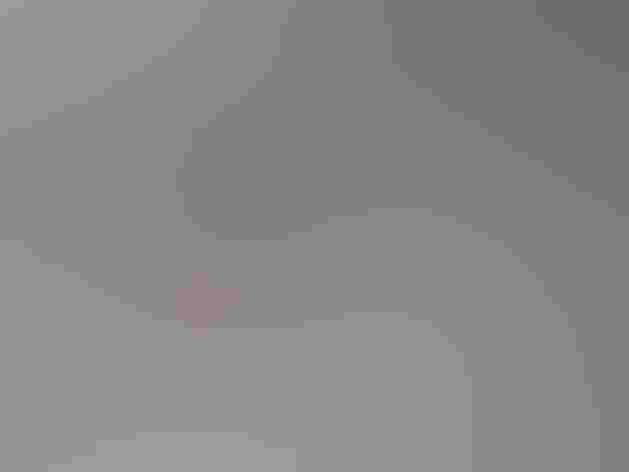Red Knot
At a Glance
This chunky shorebird has a rather anonymous look in winter plumage, but is unmistakable in spring, when it wears robin-red on its chest. It nests in the far north, mostly well above the Arctic Circle (the first known nest was discovered during Admiral Peary's expedition to the North Pole in 1909); its winter range includes shorelines around the world, south to Australia and southern South America. Where it is common, the Red Knot may roost in very densely packed flocks, standing shoulder to shoulder on the sand.
All bird guide text and rangemaps adapted from Lives of North American Birds by Kenn Kaufman© 1996, used by permission of Houghton Mifflin Harcourt Publishing Company. All rights reserved.
Category
Sandpiper-like Birds, Sandpipers
IUCN Status
Near Threatened
Habitat
Coasts and Shorelines, Lakes, Ponds, and Rivers, Saltwater Wetlands, Tundra and Boreal Habitats
Region
Alaska and The North, California, Eastern Canada, Florida, Great Lakes, Mid Atlantic, New England, Northwest, Plains, Rocky Mountains, Southeast, Southwest, Texas, Western Canada
Behavior
Direct Flight, Rapid Wingbeats, Running
Population
1.000.000
Range & Identification
Migration & Range Maps
A few winter on southern coasts of the United States, but many go to southern South America for the winter. Some birds nesting in far northern Canada apparently fly across Greenland ice cap in fall, to winter in Britain and Europe.
Description
10.5" (27 cm). Winter plumage lacks obvious marks. Larger than most plain gray sandpipers; note stout, straight black bill, short neck, short legs. Dowitchers and Willet much longer-billed. In breeding plumage, face and underparts washed with robin red. Fall juveniles show scaly pattern on gray back.
Size
About the size of a Robin
Color
Brown, Gray, Red, White
Wing Shape
Long, Pointed, Tapered
Tail Shape
Rounded, Short, Square-tipped, Wedge-shaped
Songs and Calls
A soft quer-wer; also a soft knut.
Call Pattern
Flat, Undulating
Call Type
Chirp/Chip, Whistle
Habitat
Tidal flats, shores; tundra (summer). In migration and winter on coastal mudflats and tidal zones, sometimes on open sandy beaches of the sort favored by Sanderlings. Nests on Arctic tundra, usually on rather high and barren areas inland from coast, but typically near a pond or stream.
Sign up for Audubon's newsletter to learn more about birds like the Red Knot
Behavior
Eggs
3-4. Pale olive-green, with small brown spots. Incubation is by both sexes (although male may do more), 21-22 days.
Young
Downy young leave nest soon after hatching. Both parents tend young at first, but female leaves before young are old enough to fly. Young feed themselves. Young are able to fly at about 18-20 days after hatching, become independent about that time.
Feeding Behavior
On tidal flats, forages mostly by probing in mud with bill, finding food by touch. On dry sand and on tundra breeding grounds, forages mostly by sight, picking items from surface.
Diet
Includes mollusks, insects, green vegetation, seeds. In migration and winter, feeds on small invertebrates that live in mud of intertidal zone, especially small mollusks, also marine worms, crustaceans. On breeding grounds, feeds mostly on insects, especially flies. Also eats much plant material, especially early in breeding season (when insects may be scarce), including shoots, buds, leaves, and seeds.
Nesting
Early in breeding season, male flies in high circles above territory, hovering on rapidly quivered wings and then gliding, while giving mellow whistled calls. Female may fly around territory with male. On ground, male displays with wings held high. Nest site is on ground on open tundra, usually near water. Nest is a shallow scrape lined with leaves, lichen, moss.
Conservation
Conservation Status
Once far more numerous in North America, but huge numbers were shot on migration in late 1800s. Some populations have declined sharply since the 1960s. The subspecies that migrates from southern Argentina to the Canadian Arctic in spring relies on stopover habitat along Delaware Bay, where the knots fatten up on the superabundant eggs of horseshoe crabs before they continue north to the Arctic. Overharvesting of horseshoe crabs along the central Atlantic Coast has led to a sharp reduction in this food source for migratory shorebirds, and Red Knots seem to have been hit hard by this.
Climate Threats Facing the Red Knot
Choose a temperature scenario below to see which threats will affect this species as warming increases. The same climate change-driven threats that put birds at risk will affect other wildlife and people, too.














